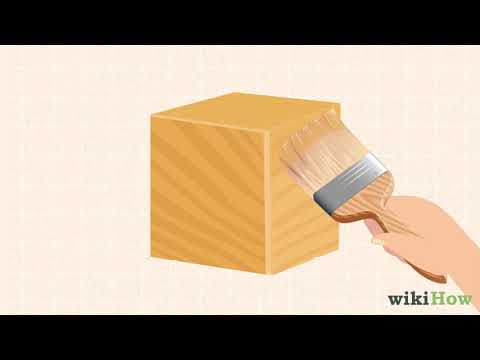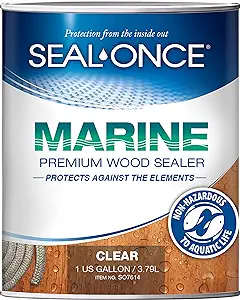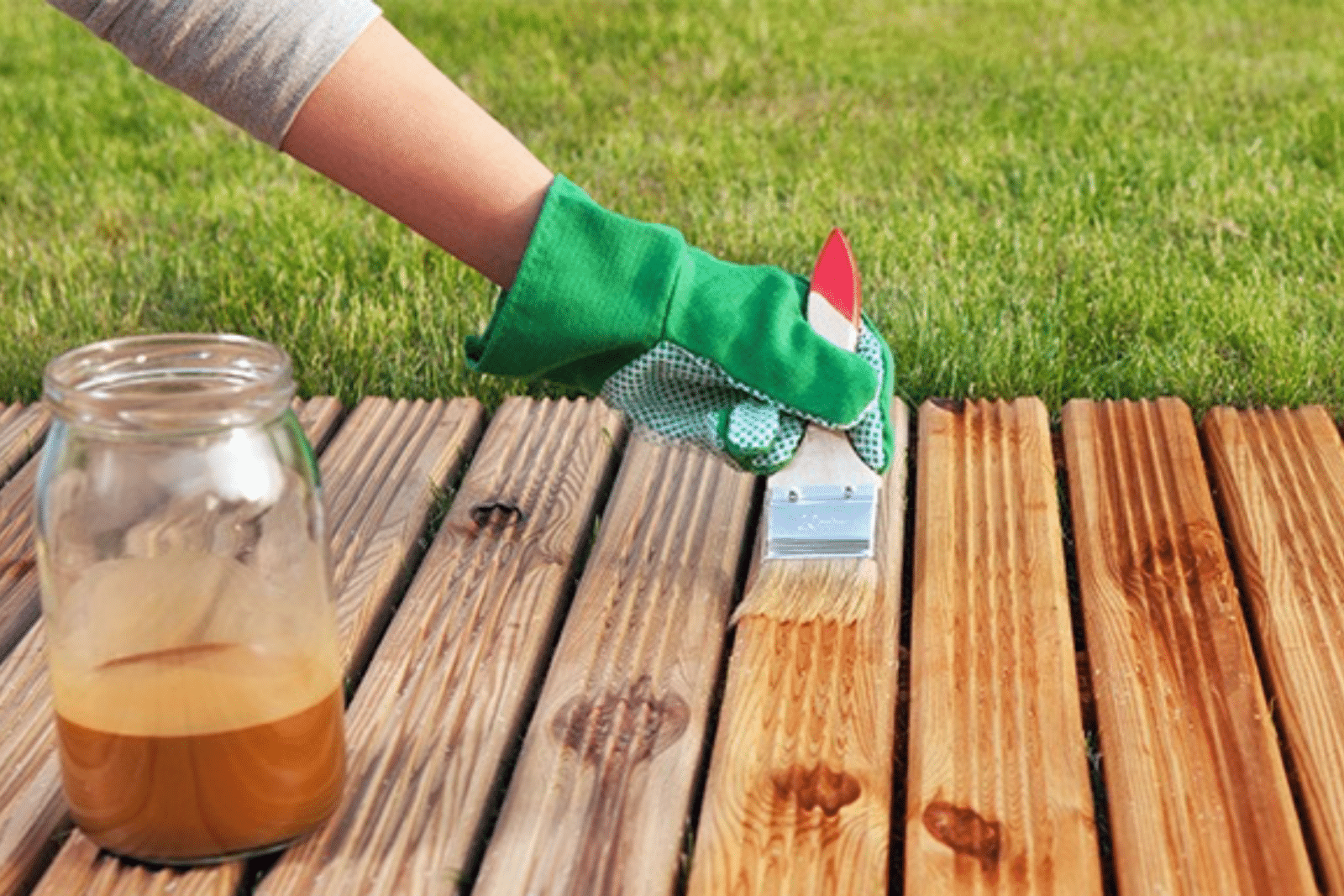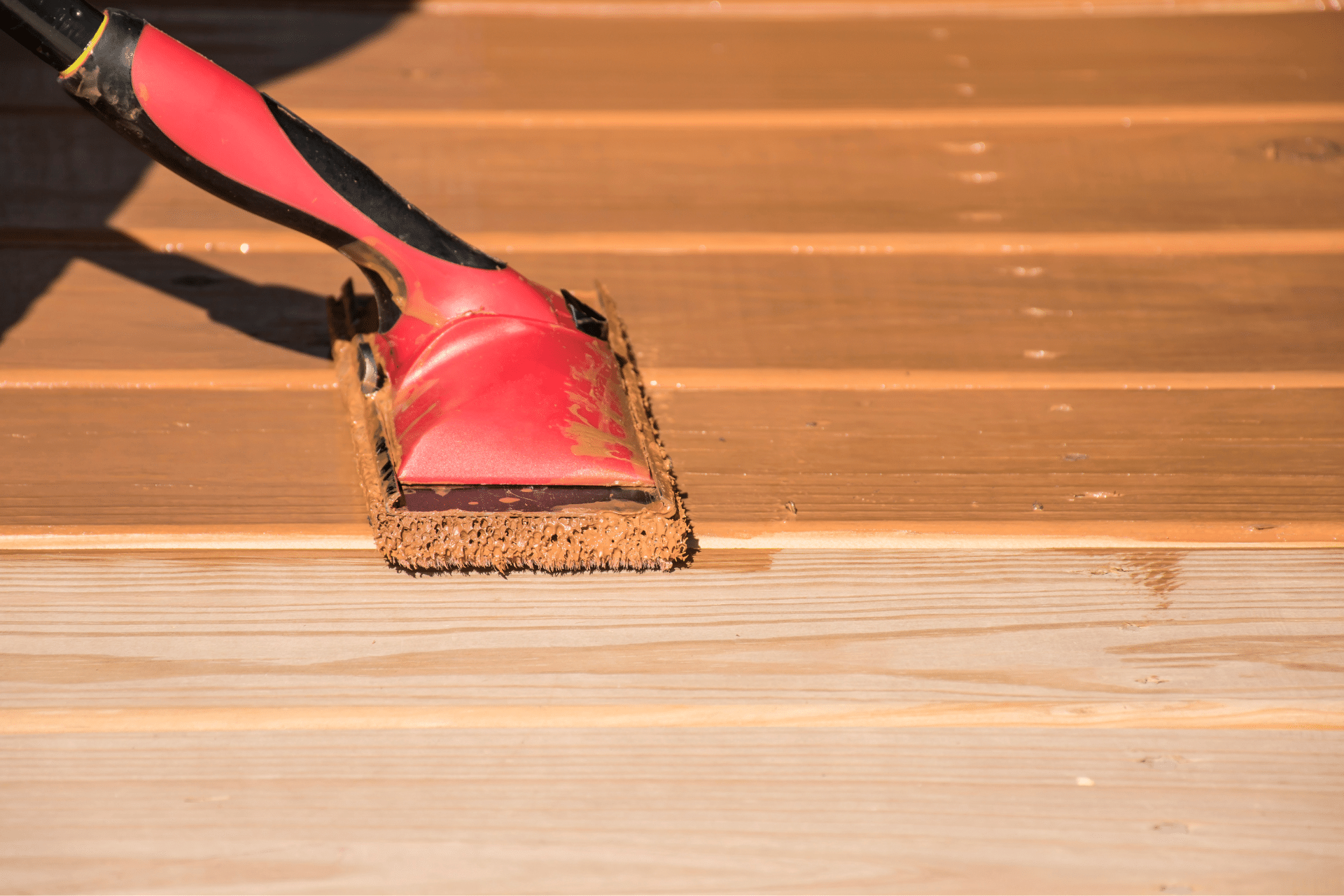Waterproofing wood is essential for protecting your wooden projects from water damage, mold, and decay. Whether you’re working on outdoor furniture, a deck, or indoor wooden surfaces, applying a waterproofing treatment extends the lifespan and maintains the natural beauty of the wood. In this guide, we’ll explore the most effective ways to waterproof wood, how to choose the right product, and the precautions to take for a successful project.

How to Waterproof Wood
1. Using a Waterproofing Sealant
Sealants are one of the most popular methods for waterproofing wood, offering long-lasting protection. Here’s how to apply a sealant:
- Choose the Right Sealant: Oil-based sealants penetrate deeply and provide a natural finish, while water-based sealants are eco-friendly and easier to clean.
- Prepare the Wood: Sand the wood to remove any previous finish or rough spots. Clean the surface thoroughly to eliminate dust and debris.
- Apply the Sealant: Use a brush or roller to apply the sealant evenly, following the wood grain. Apply multiple coats if necessary, allowing each coat to dry as per the manufacturer’s instructions.
2. Using a Waterproofing Stain
Waterproofing stains not only protect the wood but also add color. These stains are ideal for outdoor furniture or wooden structures exposed to the elements.
- Choose the Stain: Select a stain with waterproofing properties, available in oil-based or water-based formulations.
- Prep and Apply: Prepare the wood by cleaning and sanding, then apply the stain using a brush, following the wood grain.
3. Using Paint to Create a Moisture Barrier
Paint provides excellent waterproofing when applied over a primer, making it ideal for exterior wooden surfaces like fences and sheds.
- Prime the Wood: Apply a high-quality primer to the wood to help the paint adhere and seal the surface.
- Paint the Wood: Use a weather-resistant exterior paint for maximum protection.
Types of Sealants and Their Application
There are several types of sealants you can use for waterproofing, each with its specific benefits and applications.
Oil-Based Sealants
-
- Composition: Natural oils like linseed or tung oil mixed with resins.
- Properties: Deeply penetrate the wood, enhancing its natural grain and providing a long-lasting finish.
- Best for: Outdoor furniture and decks.
Water-Based Sealants

-
- Composition: Acrylic or synthetic resins suspended in water.
- Properties: Environmentally friendly and resistant to yellowing over time.
- Best for: Indoor and outdoor projects.
Polyurethane Sealants
-
- Composition: Plastic resin, available in water or oil-based formulas.
- Properties: Durable and available in various finishes from matte to glossy.
- Best for: High-traffic areas, such as floors.
Wax-Based Sealants
-
- Composition: Blended waxes, often combined with oils.
- Properties: Repels water but requires more frequent reapplication.
- Best for: Smaller projects or decorative pieces.
Silicone-Based Sealants
-
- Composition: Silicone polymers.
- Properties: Highly flexible and water-resistant but may not be suitable for all wood types.
- Best for: Sealing gaps or joints in combination with other treatments.
Preparation Steps Before Waterproofing
Proper preparation ensures the success of any waterproofing treatment. Follow these steps before beginning:
- Inspect the Wood: Look for damage or decay, and repair or replace any problematic areas.
- Clean the Wood: Use a mixture of mild detergent and water, or a wood cleaner, to remove dirt and old finishes. Pressure washing can be helpful for larger surfaces.
- Sand the Surface: Sand the wood in the direction of the grain, starting with coarse grit and finishing with finer grit.
- Remove Dust: Wipe the surface with a tack cloth or soft, damp cloth to remove any dust.
- Allow the Wood to Dry: Let the wood dry completely before applying the waterproofing product.
- Tape Off Areas: Use painter’s tape to protect areas that you don’t want to be waterproofed.
When to Waterproof Wood
Timing plays an important role in ensuring that the waterproofing treatment is effective. Consider the following:
- New Wood: Let the wood dry and cure if it’s freshly cut or purchased.
- Existing Structures: Regularly inspect outdoor furniture or wooden structures and reapply waterproofing as needed.
- Before Exposure to Elements: Waterproof outdoor wood before it’s exposed to rain or moisture.
- Climate Conditions: Apply waterproofing in dry weather, ideally when temperatures are between 50°F and 90°F (10°C to 32°C).
Safety Guidelines for Waterproofing
Working with waterproofing products requires careful attention to safety:
- Personal Protective Equipment: Always wear gloves, goggles, and a mask if working with strong fumes.
- Ventilation: Ensure good ventilation when working indoors.
- Handling and Disposal: Store products in original containers and dispose of them according to local regulations.
- Proper Tool Use: Use the correct tools and clean them thoroughly after application.
Waterproofing wood is a vital process that protects your wooden surfaces and structures from moisture damage. By choosing the right waterproofing product, properly preparing the wood, and following safety guidelines, you can ensure long-lasting protection. Remember, waterproofing is not a one-time task; regular maintenance and reapplication will keep your wood looking beautiful and functioning well for years to come.




